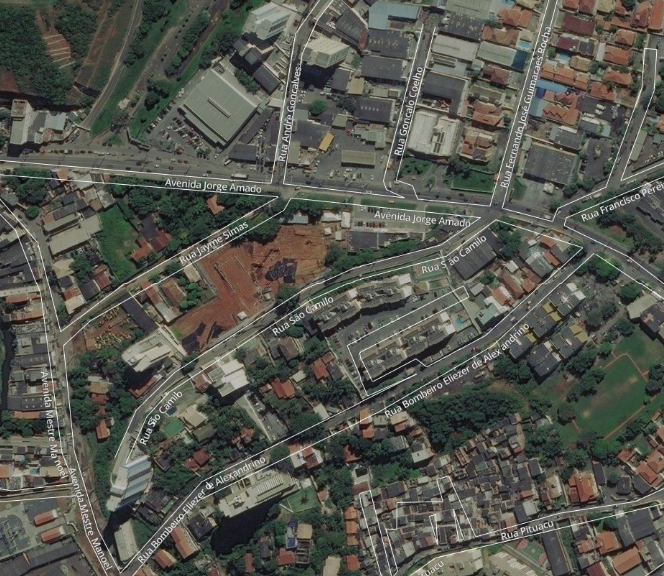As we announced at the beginning of 2023, OSMCha has become a charter project of OpenStreetMap US. After almost 10 years of being generously hosted by Mapbox, OSMCha is now moving to a new home at the OpenStreetMap US. Going forward, OSMCha will be run on infrastructure owned and operated by OSM US. We are excited about this new chapter for OSMCha and to work with community members and organizations to grow the project.
In the last few months, the Development Seed team has been working on modernizing the infrastructure code behind the OSMCha services, closely working with Mapbox. As the infrastructure built by Mapbox was designed almost a decade ago, this was a required step to execute the migration. It is also bringing more efficiency in terms of cost and performance.
The migration will be done next Tuesday, February 13th. Starting from 15:00 UTC, OSMCha’s API will be read-only or unavailable for a few hours.
We are grateful for the support provided by Mapbox throughout the years. Mapbox was the first company to believe in the OSMCha proposal, funded the initial development and continued running the project providing infrastructure and critical maintenance. Their support was crucial in making OSMCha a core tool used by the OpenStreetMap community, everyday. We are now seeking new partners to help us continue to develop and expand OSMCha. If you’d like to support OSMCha directly, you can contact the OpenStreetMap US staff at team at openstreetmap.us.










